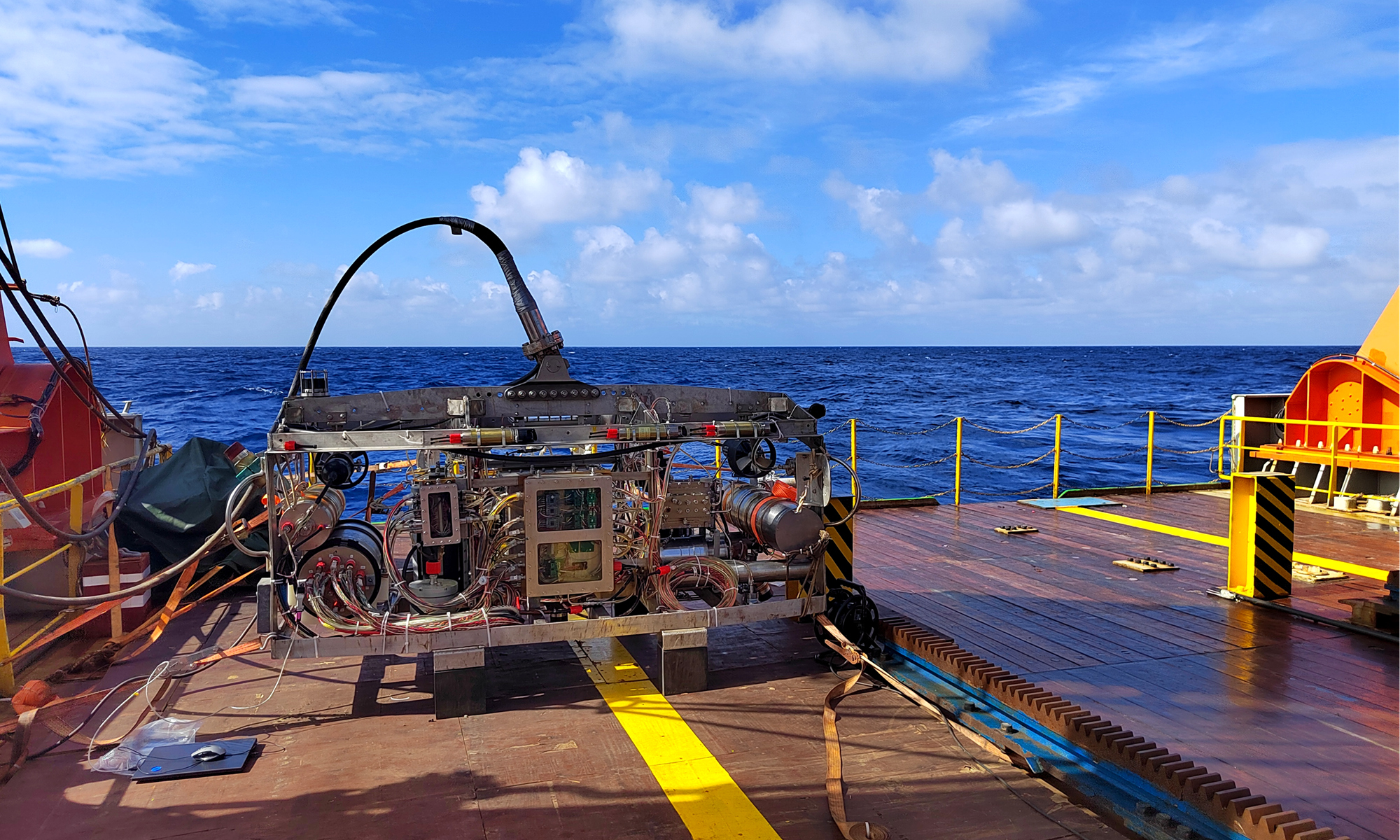
According to a study published in Talanta, researchers led by Prof. CHEN Chilai from the Hefei Institutes of Physical Science (HFIPS) of the Chinese Academy of Sciences has increased the detection sensitivity of dissolved methane in water by more than 500 times, reaching the baseline level of methane detection in oceans and lakes.
Monitoring methane emissions from the oceans is critical for understanding climate change and exploring clean energy sources such as natural gas hydrates. However, existing data on dissolved methane in the ocean remain limited, leading to significant uncertainties in estimating oceanic methane fluxes due to sensitivity limitations. While deep-sea mass spectrometry is an important tool for rapid detection of dissolved gases in the ocean, its limited sensitivity restricts its application to specific regions or anomalous events.
In this study, the researchers developed a low volume, low power, online water removal system to address challenges such as high gas content in samples and limited space in detection instruments. By optimizing the design of the gas sampling pathway and integrating it into the Underwater Mass Spectrometry, they achieved a significant improvement in detection sensitivity. The methane detection limit dropped from over 16 nmo/L to a remarkable 0.03 nmol/L, a more than 500-fold improvement.
The researchers' dedication to deep-sea mass spectrometry, micro-electromechanical systems technology, and intelligent microsystem technology played critical role in this breakthrough.
As a next step, they will use this technology to conduct in-situ detection studies of background methane over large spatial and temporal ranges, as well as in-situ detection studies of directional trace gases such as H2 and He at extremely low concentrations.
This work lays an important technological foundation for further methane flux calculations, global climate research, plume tracking, and cold seep discovery, according to the researchers.

The Underwater Mass Spectrometry. (Image by HFIPS)

86-10-68597521 (day)
86-10-68597289 (night)

52 Sanlihe Rd., Xicheng District,
Beijing, China (100864)

